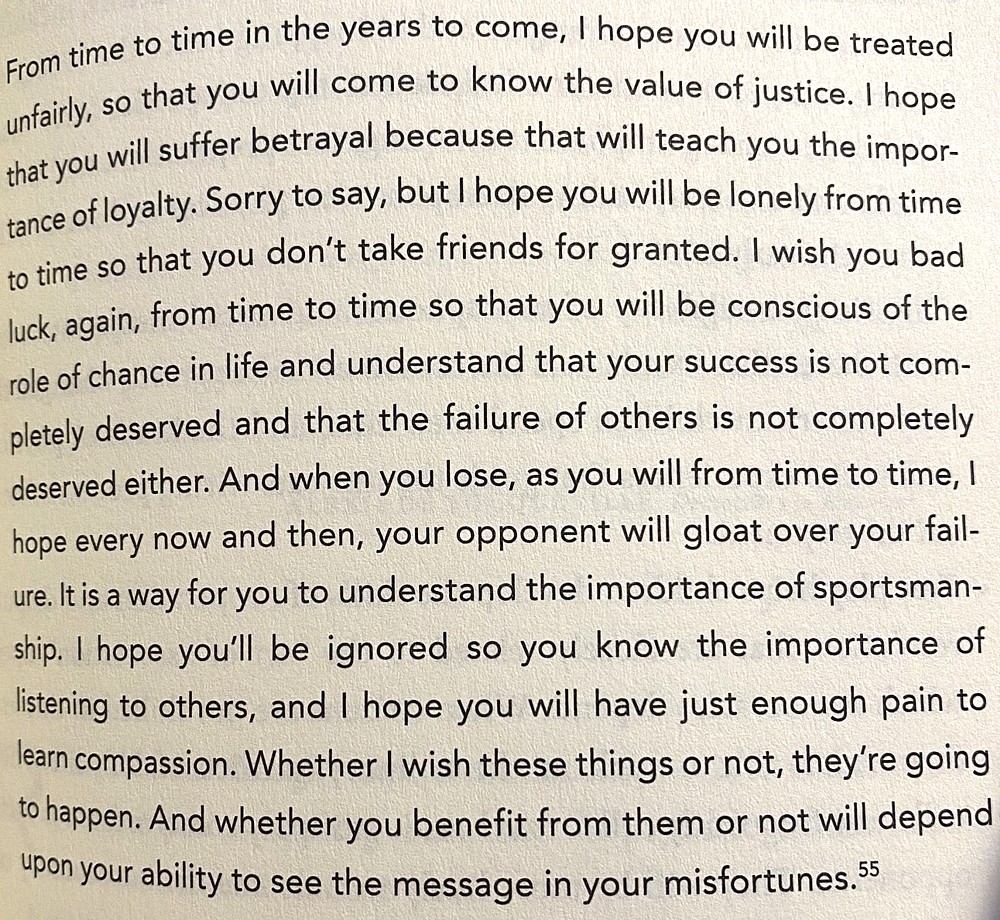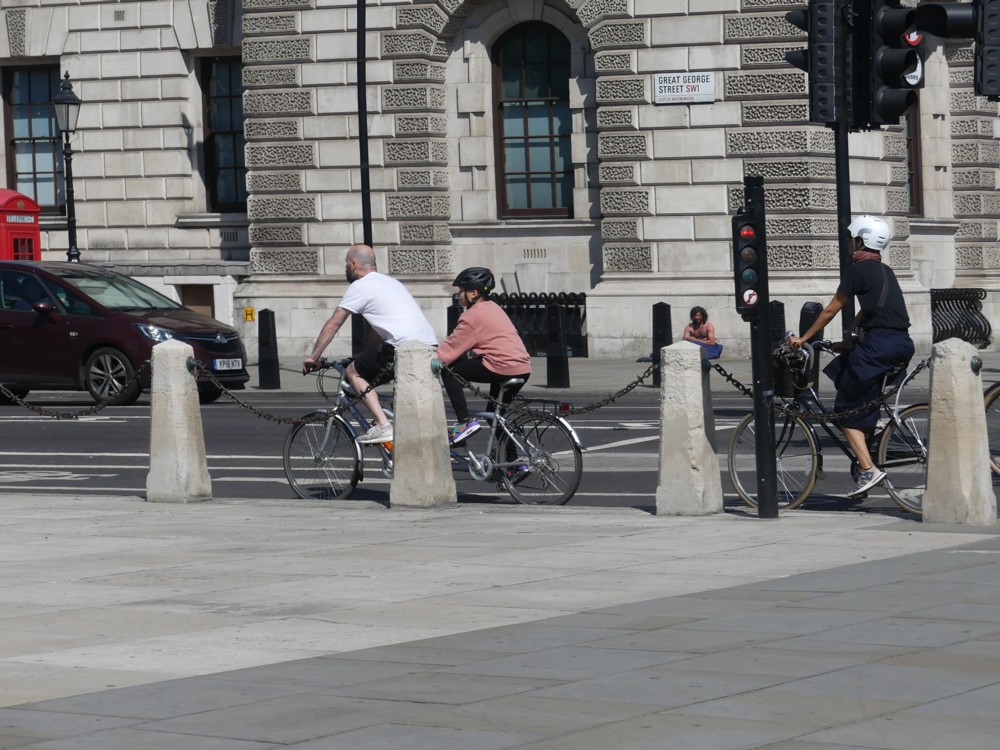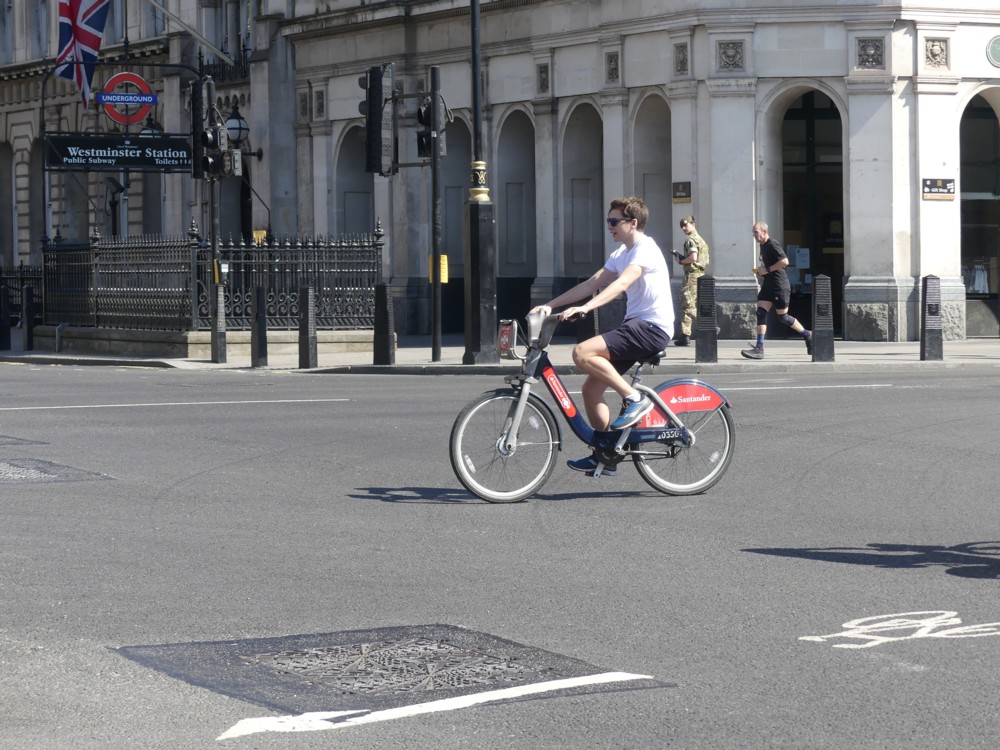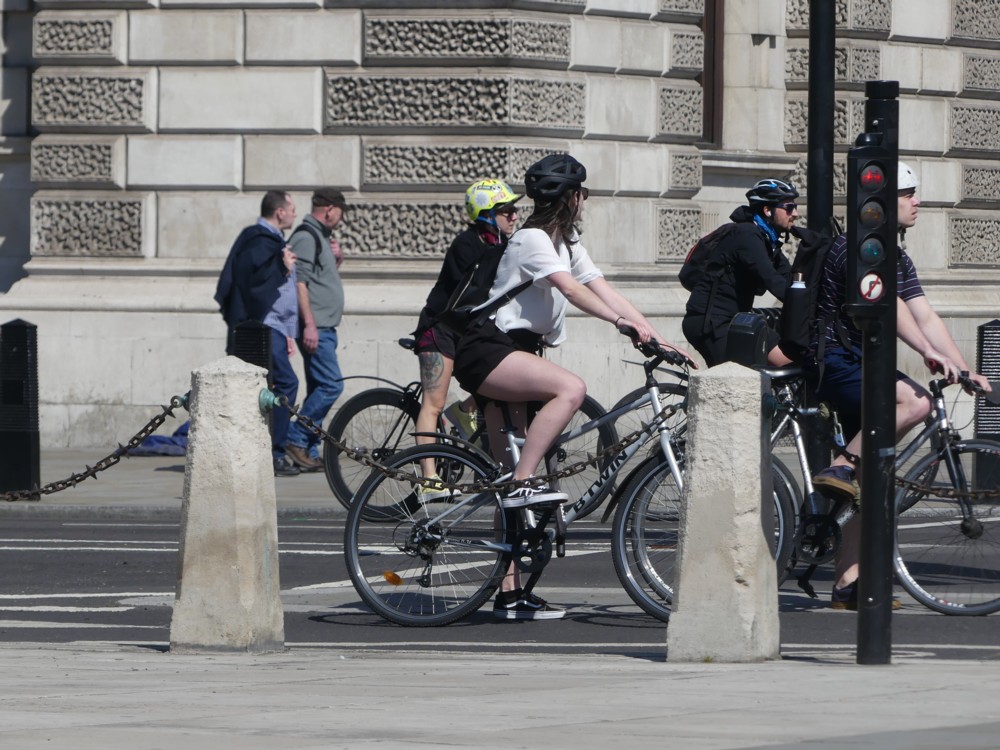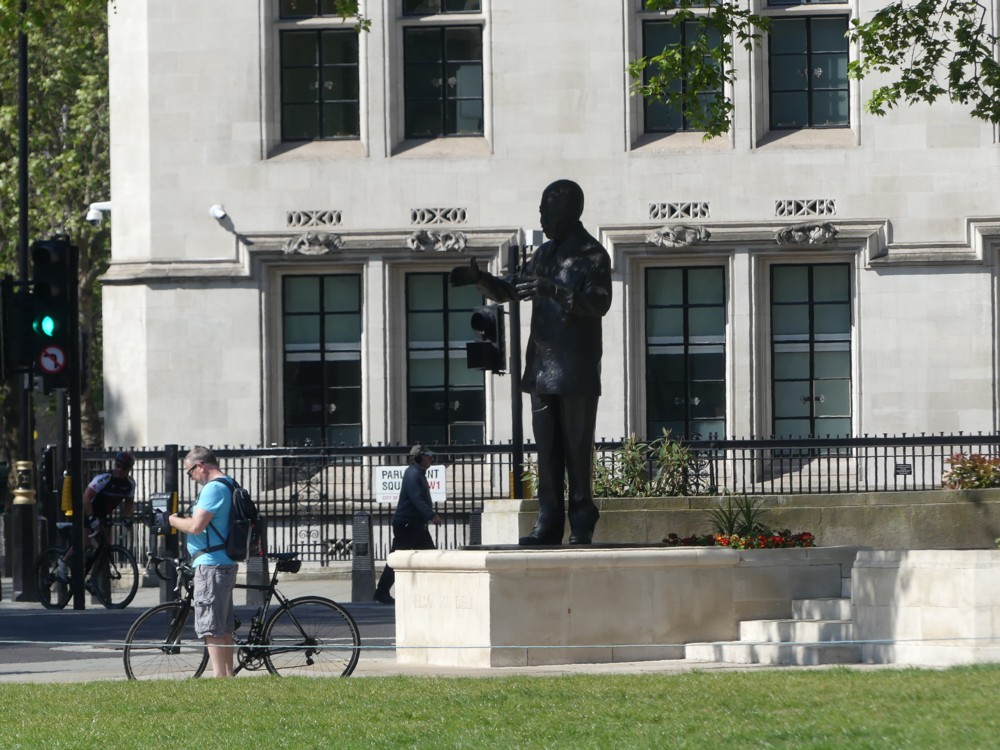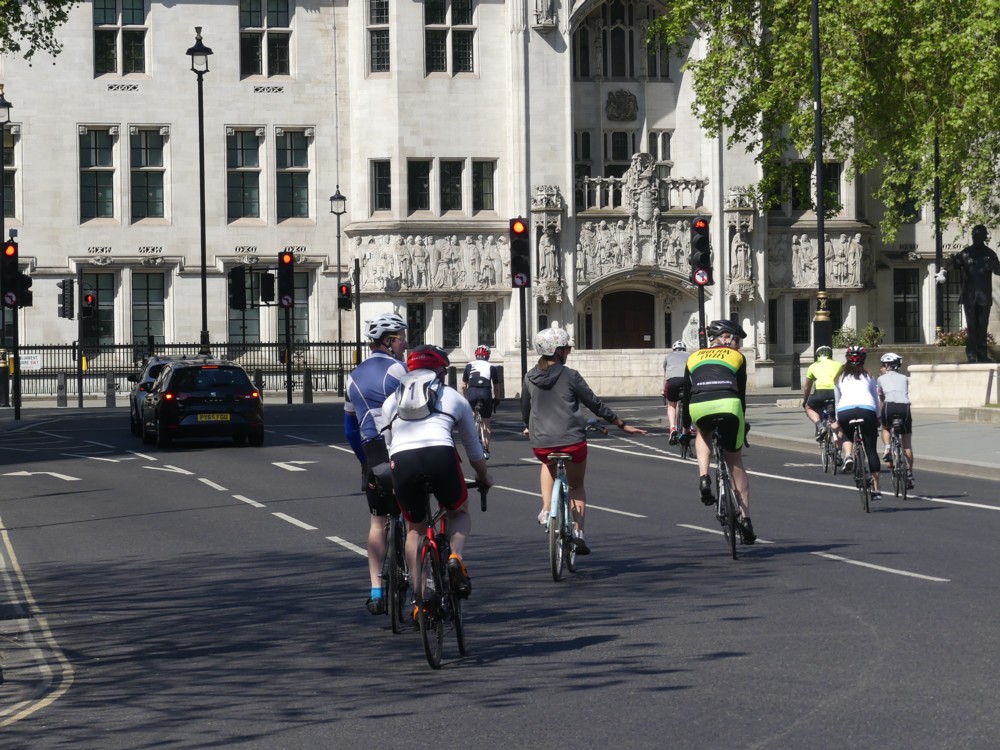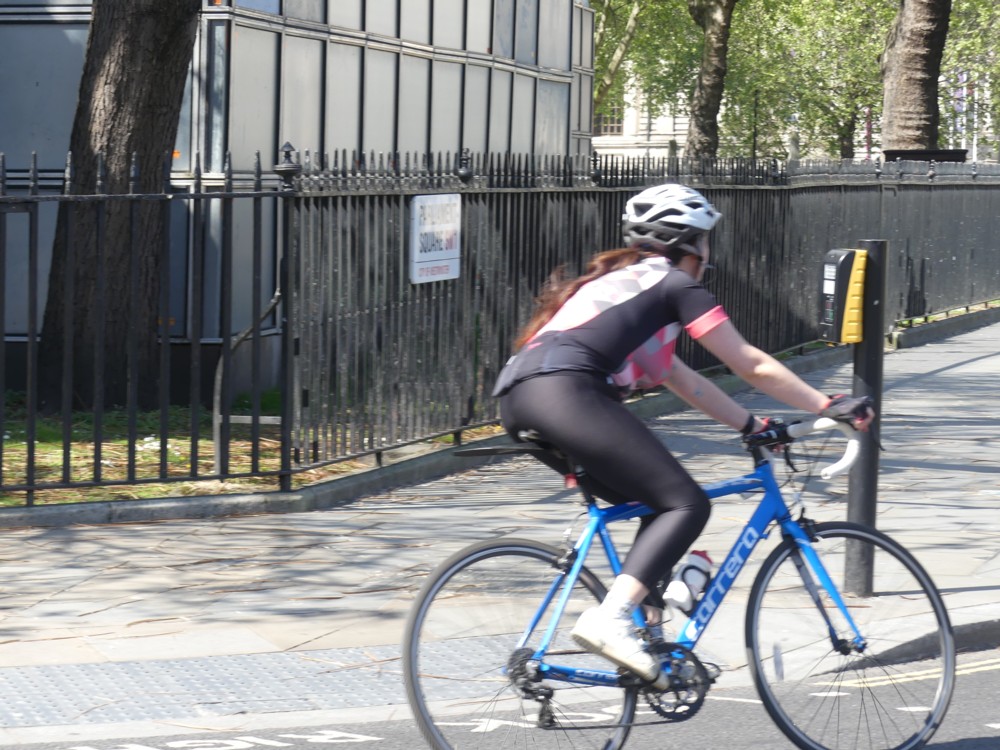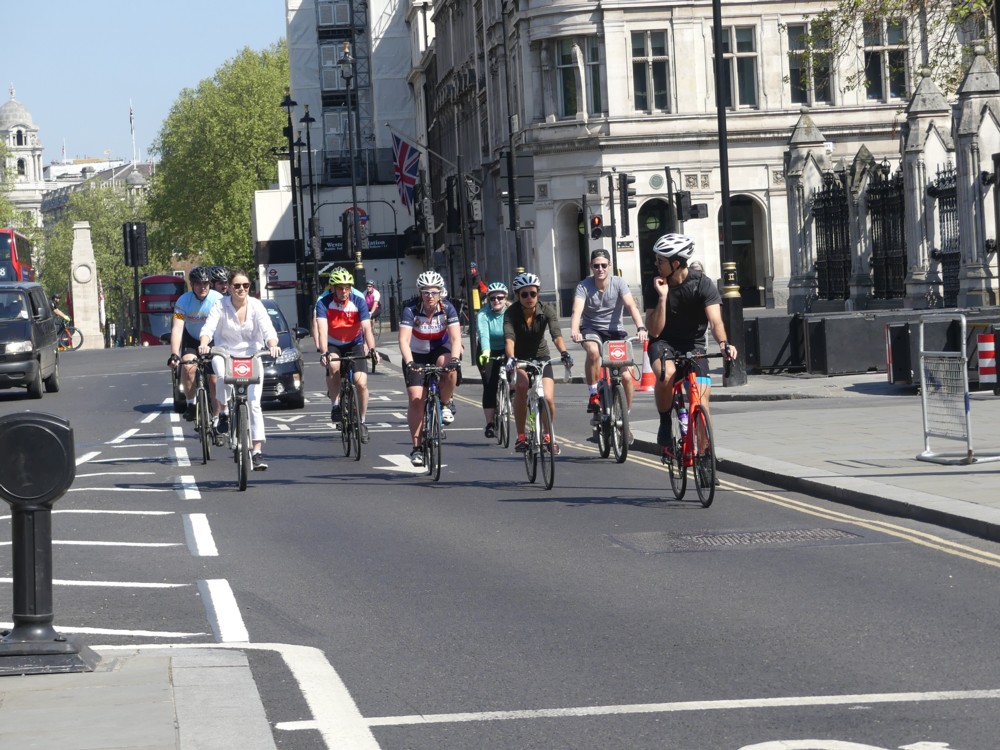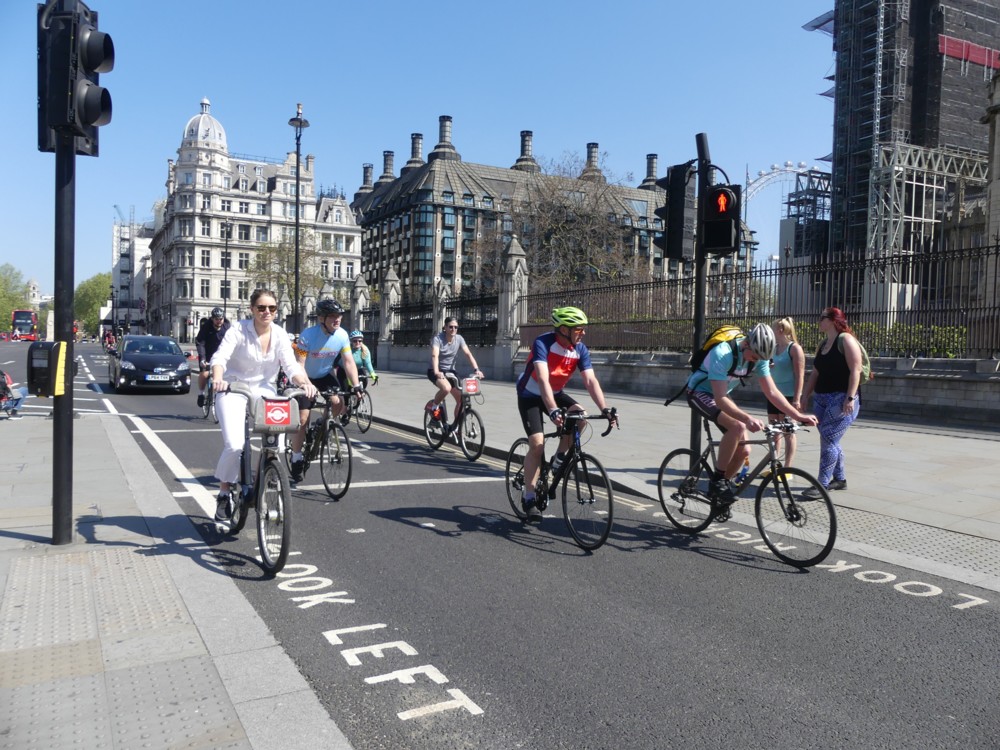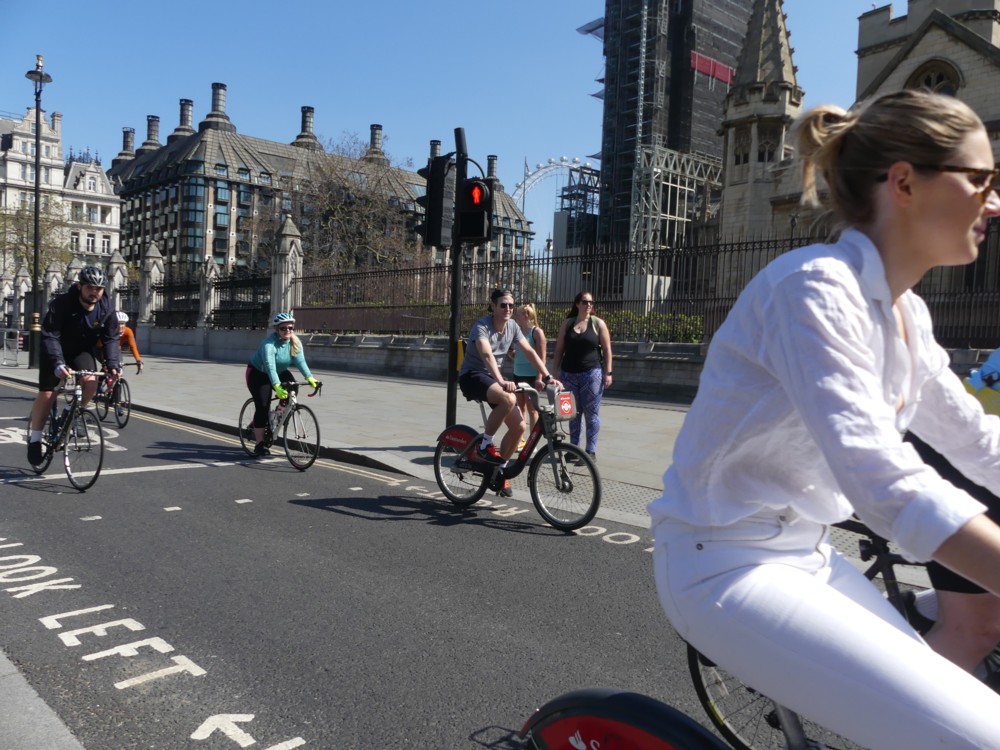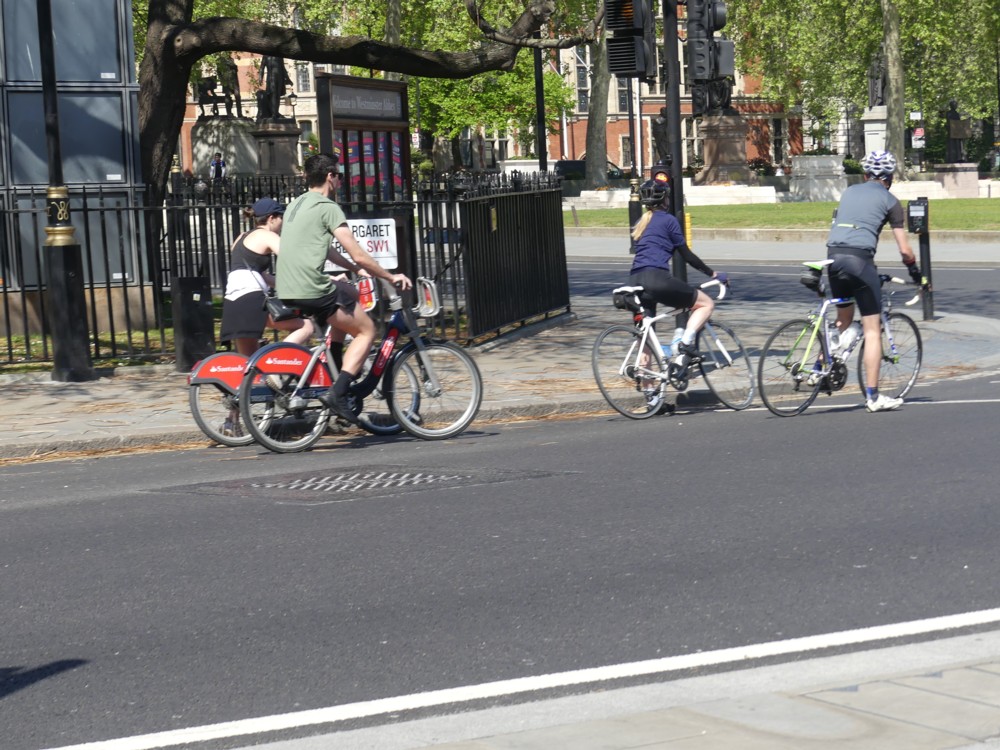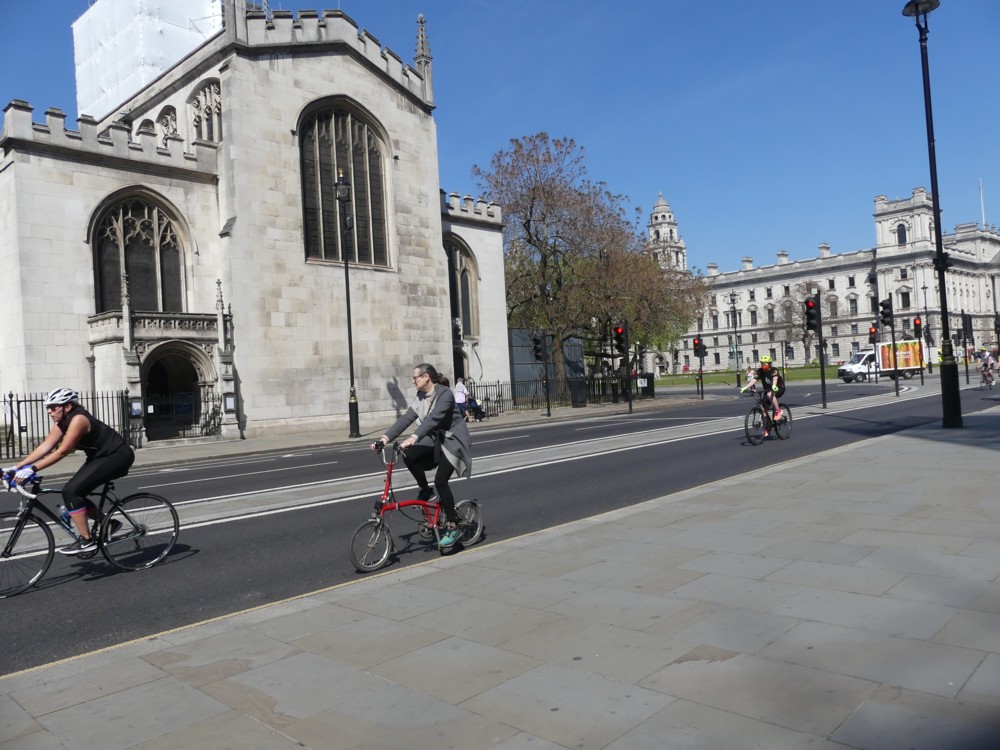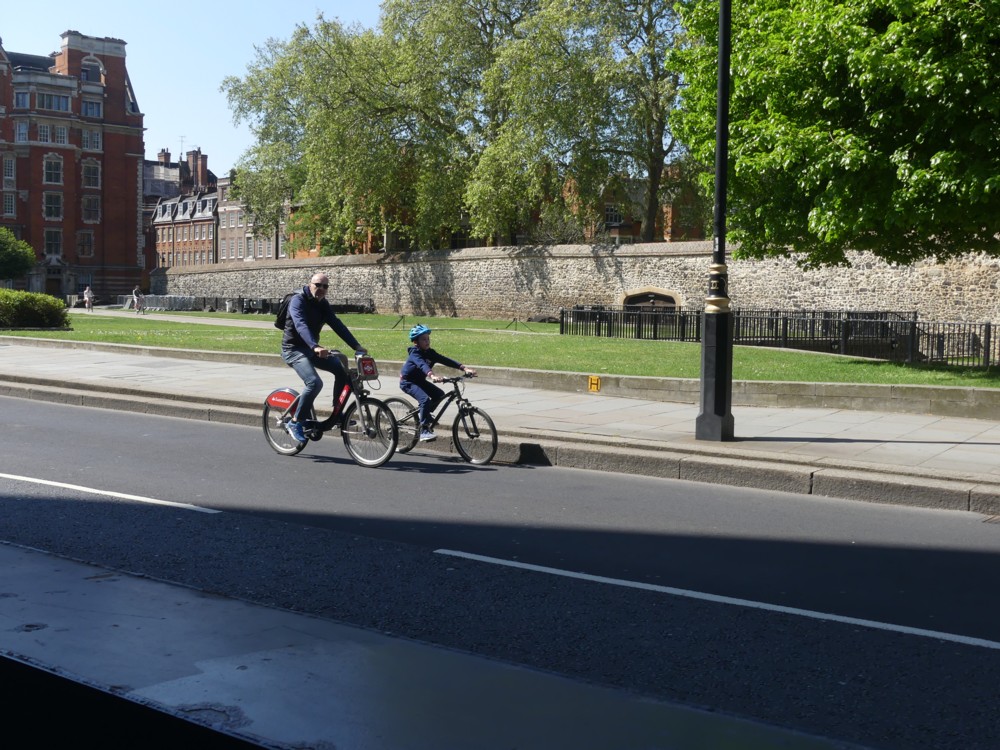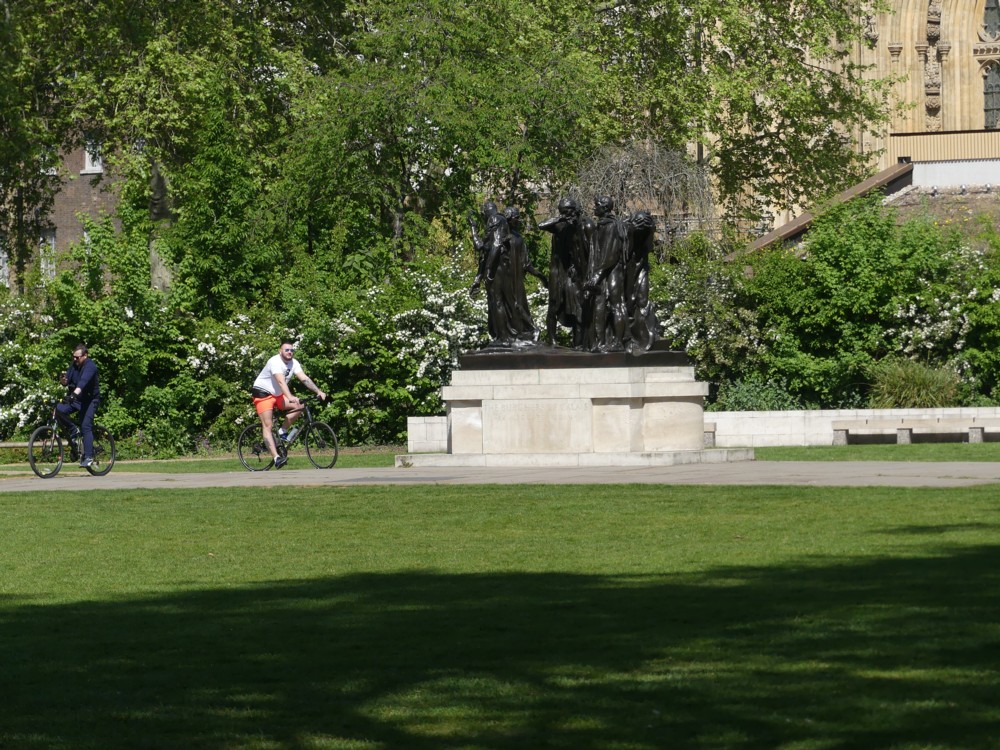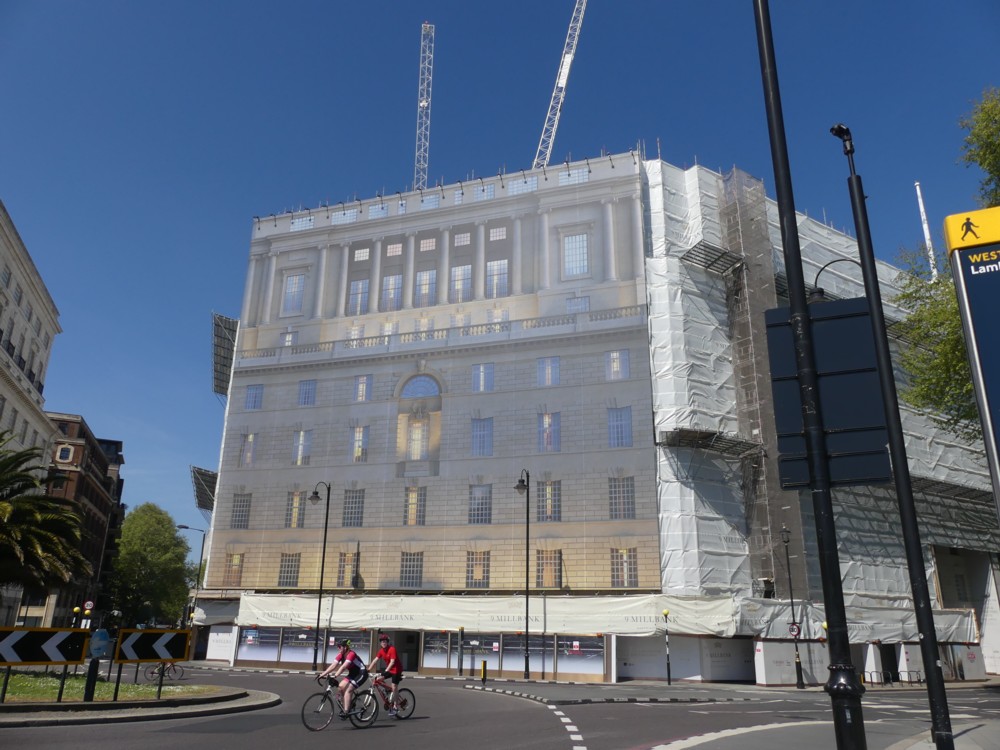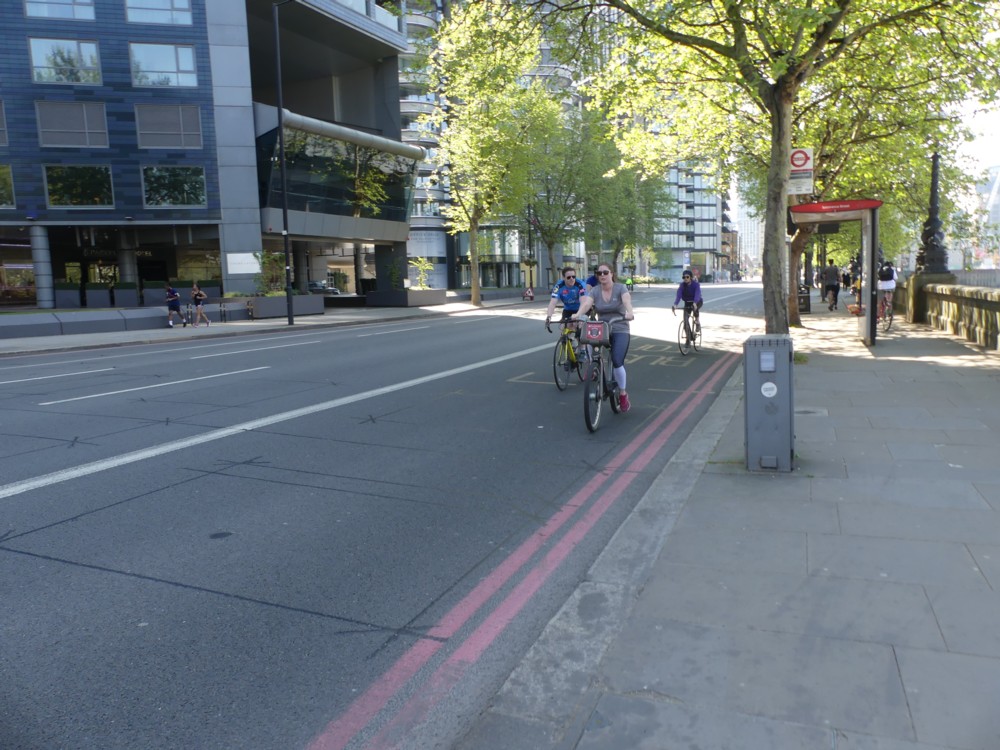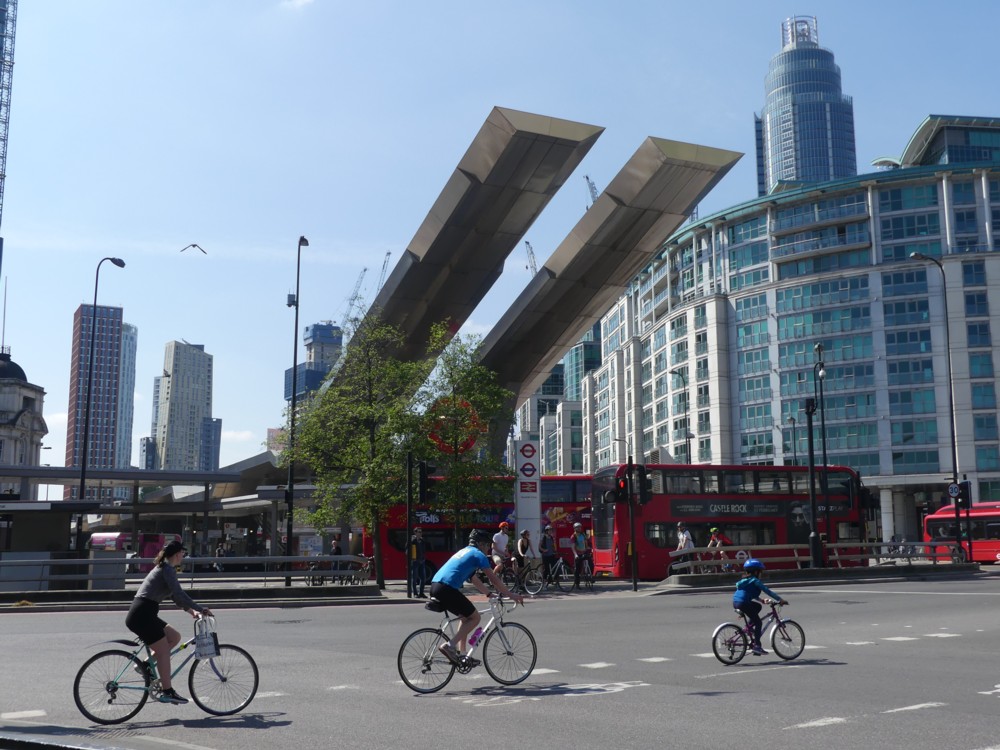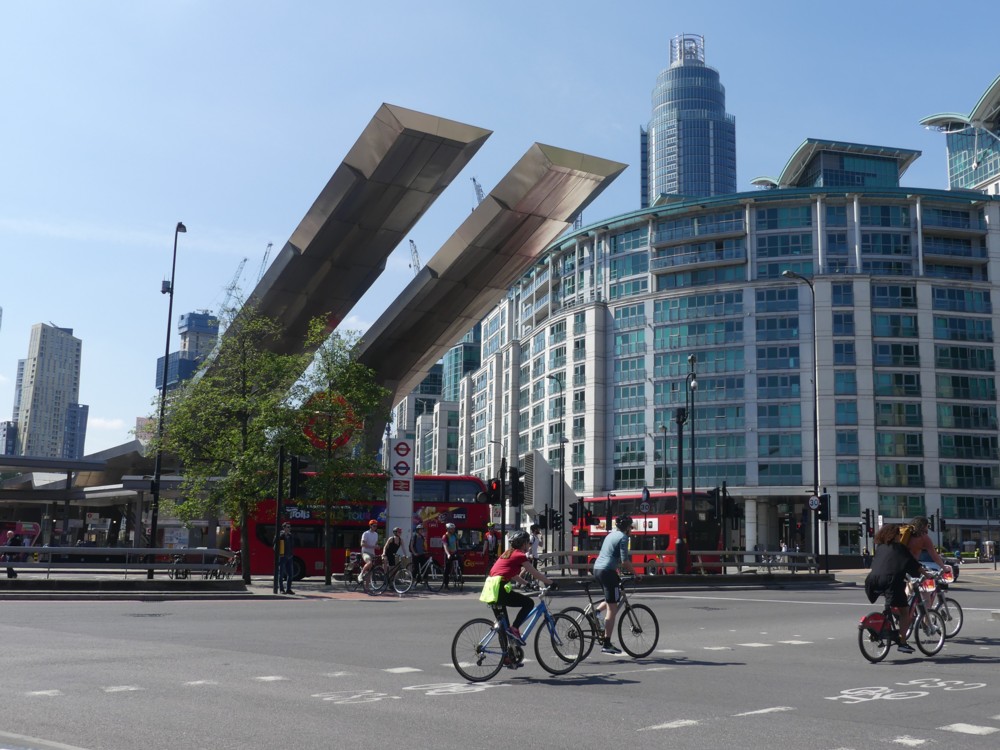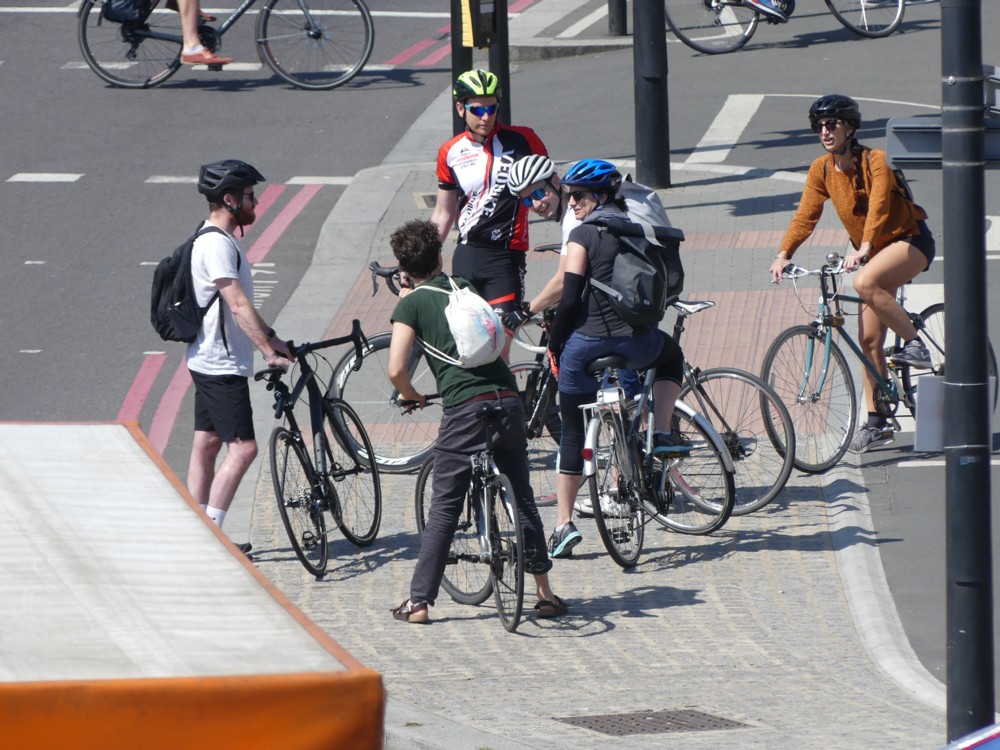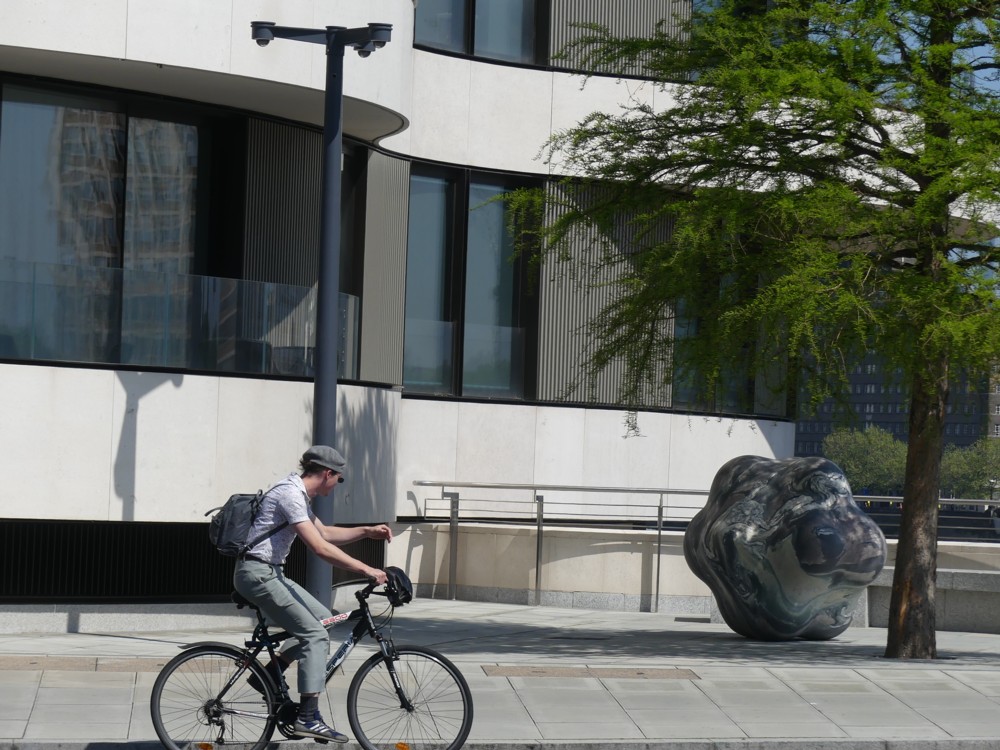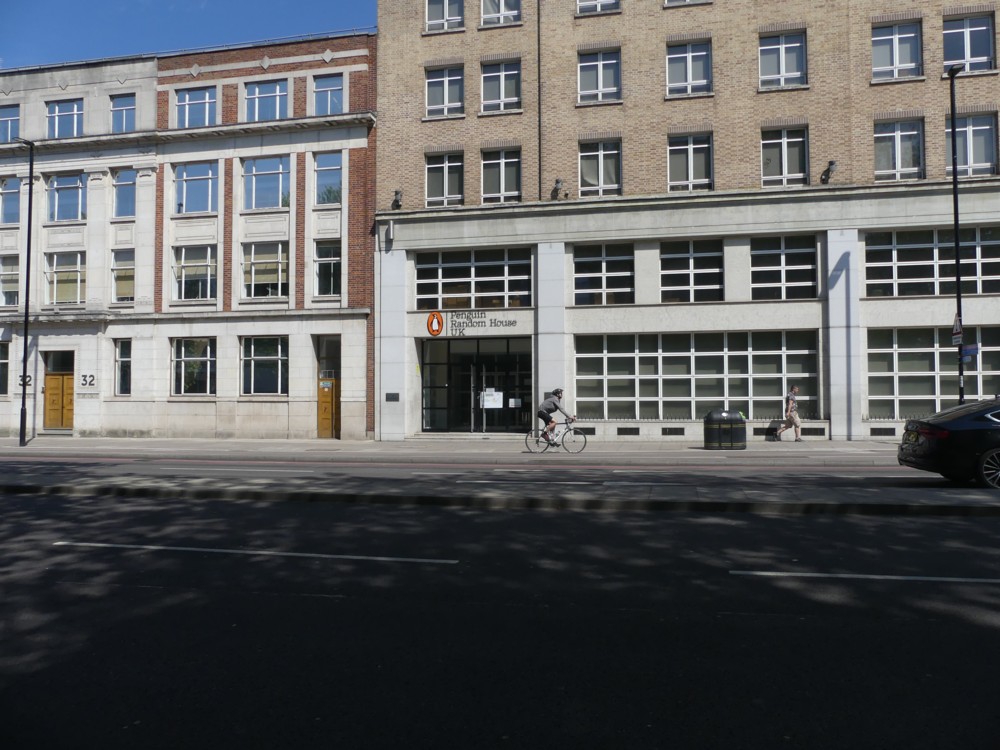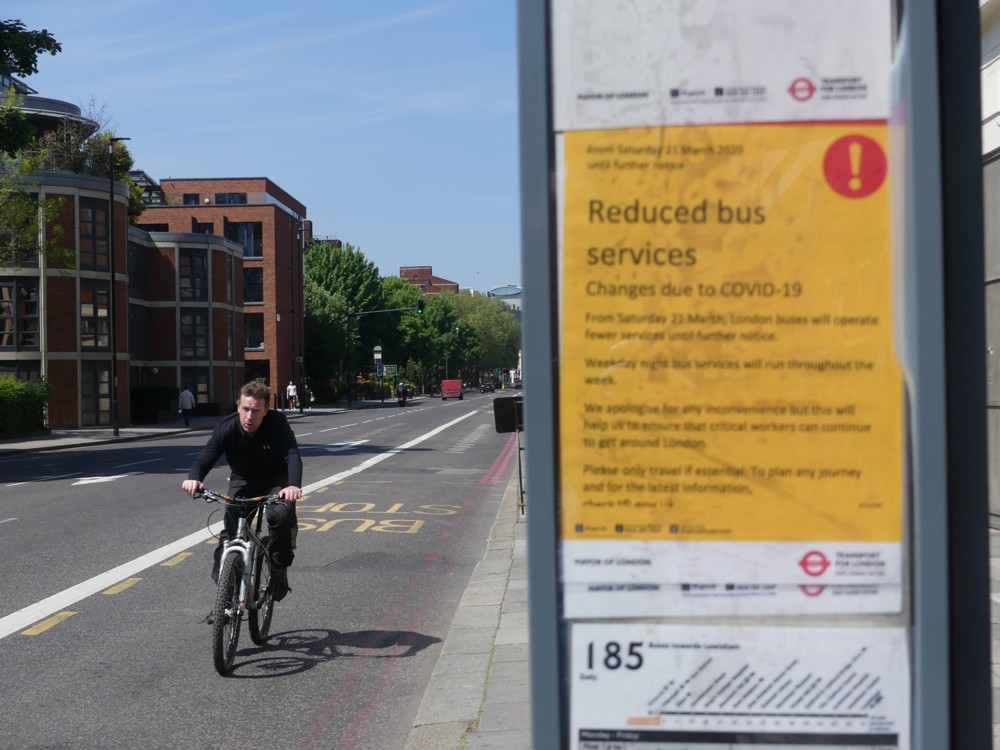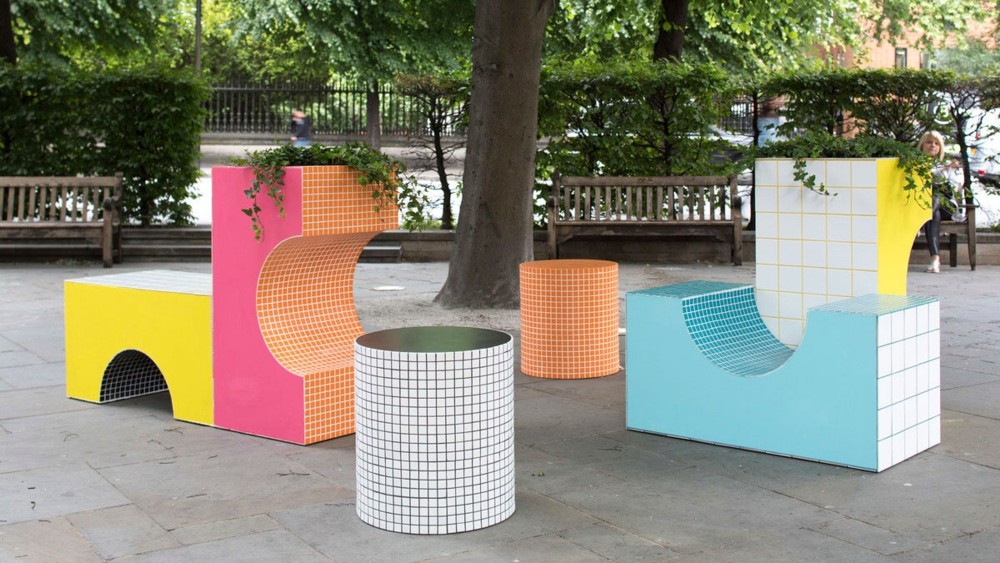I recently watched the 2019 movie about the Battle of Midway. Wanting to make a bit more sense of what I had just watched, I then purchased Shattered Sword: The Untold Story of the Battle of Midway by Jonathan Parshall and Anthony Tully. This seems to be a much respected volume, and now that I have started dipping into it, I find that, just as was promised, it is especially illuminating about the approach adopted by the Japanese side in this battle. Here is how the chapter entitled “Why Did Japan Lose?” ends (pp. 413-415):
 British Field Marshal William Slim, who had been defeated in Burma by the Japanese in early 1942, but who would later return the favor by crushing them in the same theater in 1944, beautifully captured the spirit of his enemies in an excerpt written about the Japanese Army. He remarked:
British Field Marshal William Slim, who had been defeated in Burma by the Japanese in early 1942, but who would later return the favor by crushing them in the same theater in 1944, beautifully captured the spirit of his enemies in an excerpt written about the Japanese Army. He remarked:
The Japanese were ruthless and bold as ants while their designs went well, but if their plans were disturbed or thrown out – ant-like again – they fell into confusion, were slow to re-adjust themselves, and invariably clung too long to their original schemes. This, to commanders with their unquenchable military optimism, which rarely allowed in their narrow administrative margins for any setback or delay, was particularly dangerous. The fundamental fault of their generalship was a lack of moral, as distinct from physical, courage. They were not prepared to admit that they had made a mistake, that their plans had misfired and needed recasting. … Rather than confess that, they passed on to their subordinates, unchanged, the order that they themselves had received, well knowing that with the resources available the tasks demanded were impossible. Time and again, this blind passing of responsibility ran down a chain of disaster. … They scored highly by determination; they paid heavily for lack of flexibility.
This passage might just as easily have been written about Midway, as it perfectly encapsulates the problems the Japanese had when it came to altering their battle plans. In the matter of lack of moral courage, Yamamoto, Nagumo, and Yamaguchi were all quite clearly guilty as charged. Equally perceptive is Slim’s insight that sticking with a plan, even a bad plan, was a mechanism whereby the Japanese individual could personally absolve himself of responsibility for a defeat. Too often, though, the price for doing so was needless casualties, or even the outright destruction of one’s force, typically followed by the atoning suicide of the commander in question. All in all, this was not an effective model for winning a war against a numerically superior opponent.
By the same token, it is clear from many of the failures of learning and adaptation just discussed that the Japanese entered the Battle of Midway wearing doctrinal handcuffs, the effect of which was to retard still further their ability to innovate. Whereas American doctrine is generally presented to a commander as a codification of guidelines concerning the effective conduct of combat, the very nature of the Japanese military culture made its own doctrine far more rigid with regards to interpretation. This manifested itself in Nagumo and Genda’s disinclination to augment their tactical scouting assets with carrier strike assets, even in the face of accumulating evidence that the Americans were more alert than they ought to have been.
In the same way, the apparent unwillingness of First Air Fleet staff to even consider splitting the attacking power of Kido Butai after discovering the Americans later in the morning originated in doctrinal imperatives. Launching a quick attack against the Americans with CarDiv 2’s kanbaku before Tomonaga’s recovery, difficult though this would have been to implement, might have given the Japanese their best possibility to inflict more harm on their opponent than they actually managed. Yet, Japanese doctrine prescribed massed airpower as the correct answer to any tactical problem that arose, and Nagumo and his staff dogmatically stuck to that formula.
Likewise, Nagumo’s doctrinaire decision to close directly on the Americans had the effect of leaving his fleet positioned between two hostile forces (Midway and the American carriers). A decision to maneuver more freely, either to the north or northwest, could have mitigated some of the advantages that the Americans had accrued by virtue of the superior (and wholly intentional) initial positioning. Despite the Japanese love of indirect approaches at a strategic level, their love of closing directly to knife-fighting range at the tactical level was never better demonstrated than at Midway.
Some of these problems stemmed from the simple fact that in early 1942 the aircraft carrier was still a brand-new weapon system. As such, the body of doctrinal thinking in all the carrier navies was relatively small and still maturing. Other navies might have viewed an immature doctrine as being a tacit admission that some degree of interpretation by unit commanders would be required during the course of battle. The Japanese apparently did not see things this way – they stuck to the playbook, small as it might be. When improvisation was called for, they answered with the most expedient, and transparent tactic available-charging the enemy. Thus, in the critical matter of adaptation, the Japanese likewise failed abysmally.
Taken as a whole, the inescapable conclusion that emerges from a careful examination of the battle is the fact that the Japanese defeat was not the result of some solitary, crucial breakdown in Japanese designs. It was not the result of Victory Disease, nor of a few crucial personal mistakes. Rather, what appears is a complex, and comprehensive web of failures stretching across every level of the battle – strategic, operational, and tactical. Every aspect of the enterprise was tainted in some way. The surface manifestations of these deeper failures may ultimately have been a host of mistakes committed by individuals. And some of those mistakes were clearly more important that others. But the vast majority of them were in some way symptomatic of larger failures within the Japanese military and within the Navy’s cultural fabric, its doctrine, and its preferred modes of combat. They were the end products of an organization that failed to learn correctly from its past, failed to plan correctly for its future, and then failed to adapt correctly to circumstances once those plans were shown to be flawed.
Intriguingly, the seeds of many of these errors had been planted some forty years before, through the initial teachings of the Japanese Naval Staff College, and from the flower of Japan’s greatest victory – the Battle of Tsushima. They had lain unnoticed all that time, growing unchecked, waiting for the right time, place, and individuals to give them expression. Instead of culling these warped seedlings, the Japanese Navy had fostered their growth in the 1930s. The twin pressures of a violent nationalism, combined with the sure knowledge that they would be the underdog in any war with America, had conspired to skew Japan’s naval policies and doctrine still further during that time period. As a result, by the time the Pacific war began, and despite its undoubted tactical prowess, the Navy’s ability to mentally fight the war at a strategic and operational level was already fatally damaged. It was at Midway that the breadth of these shortcomings finally revealed themselves, with catastrophic results for both the Imperial Navy and the Japanese nation. Of course, in the larger context of the war, the Battle of Midway was just one of the first of a much greater harvest of bitter fruit that would fall from the poisoned tree of Japanese militarism.
The military defeats that began with the Battle of Midway stem from the harsh reality that, far from being the truly modern, progressive institution that it fondly imagined itself to be, the Imperial Navy was in fact possessed of the most parochial of outlooks. Instead of the quick, limited war Japan’s military leadership envisioned, the Pacific war soon revealed itself to be all encompassing and all consuming. In a shockingly short time, America had begun waging war against Japan across every strategic dimension available to a great industrial power – military, political, economic, and scientific. Japan was assaulted on the ground, through the air, and on and under the sea. Ultimately, it was beaten decisively in every one of these arenas. In this sense, Midway was merely symptomatic of the Imperial military’s larger failings. Most obvious was their fatally misguided decision to launch a war of aggression against the most powerful nation on earth. Having done so, moreover, they found themselves engaged in a conflict whose scope and complexity forced its participants to evolve at a frenetic pace. As it developed, for the Japanese this was a particularly daunting challenge. Despite the amazing speed with which they had modernized their fighting forces after 1848, they were still bound by thought patterns linked to an earlier military and cultural era, as well as the warped legacy of Tsushima. In the final analysis, it is no exaggeration to say that the conflict the Japanese military instigated in 1941 was not only beyond its resources, but also beyond its understanding.

